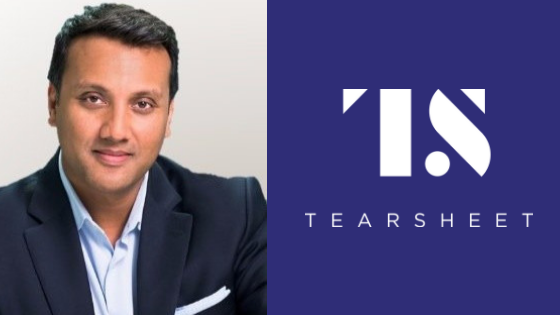Podcasts, The Customer Effect
Genpact’s Raja Bose on the human experience in banking
- Consumers want self service banking, but also human support.
- Genpact's Raja Bose discusses the evolving role of banks.








